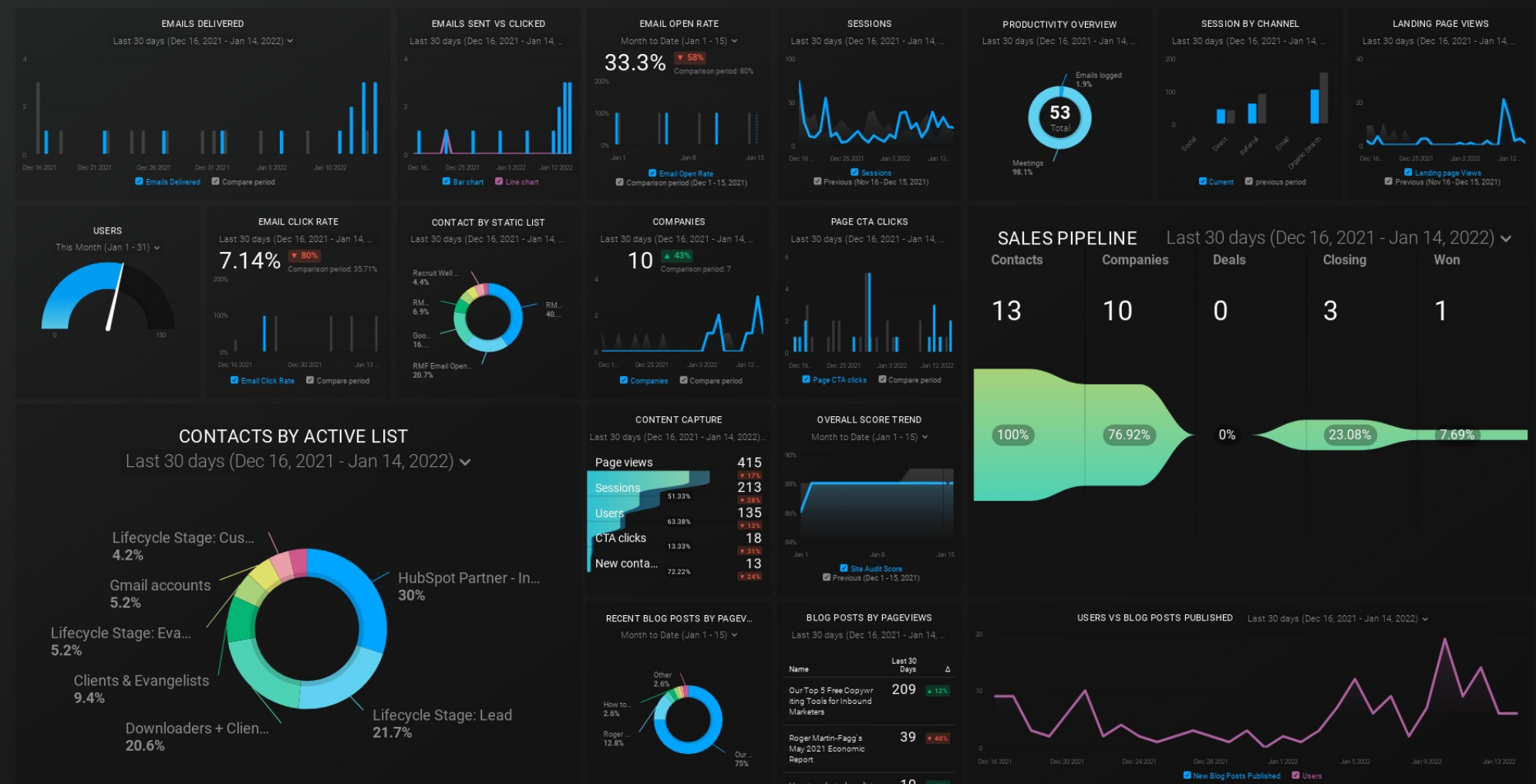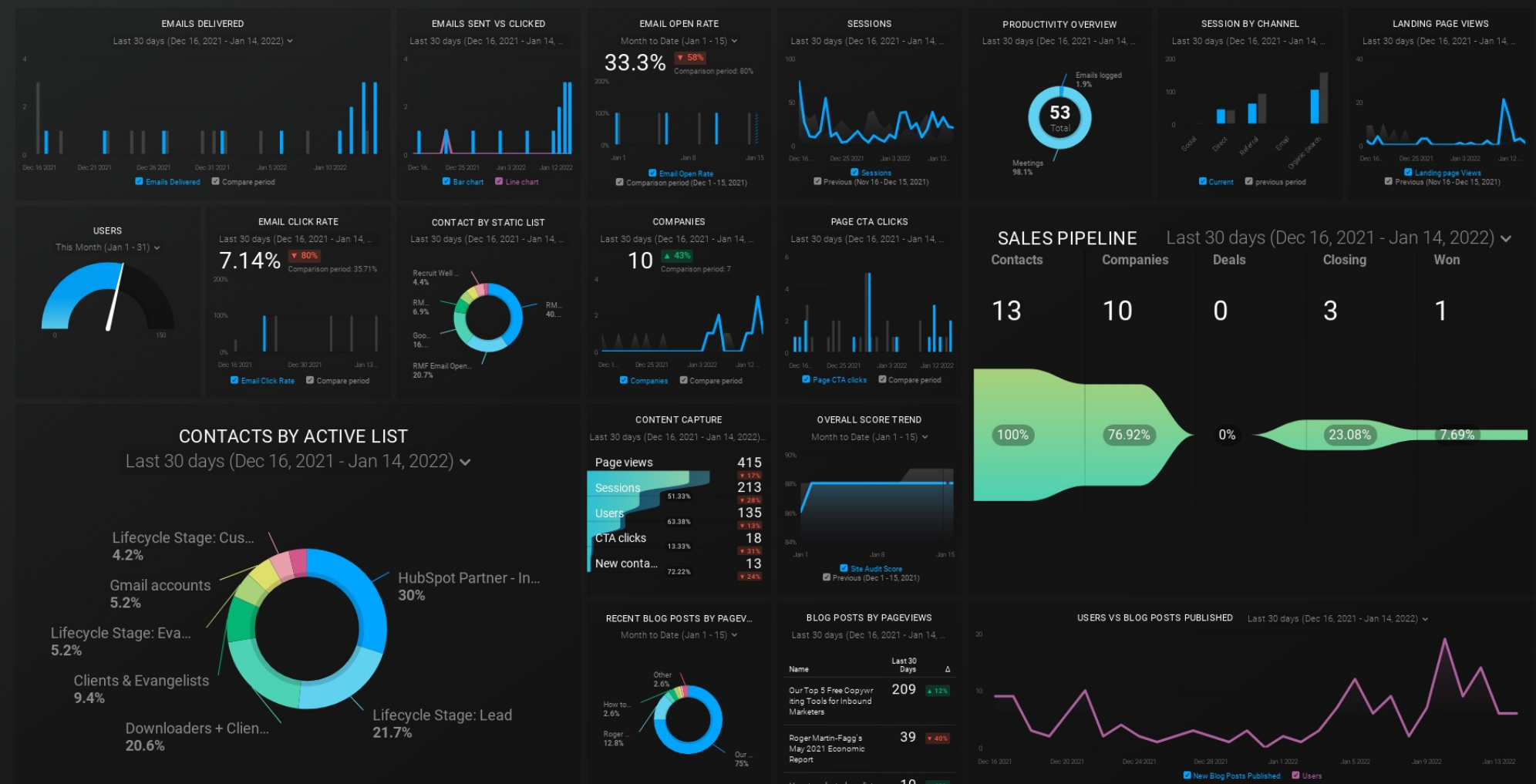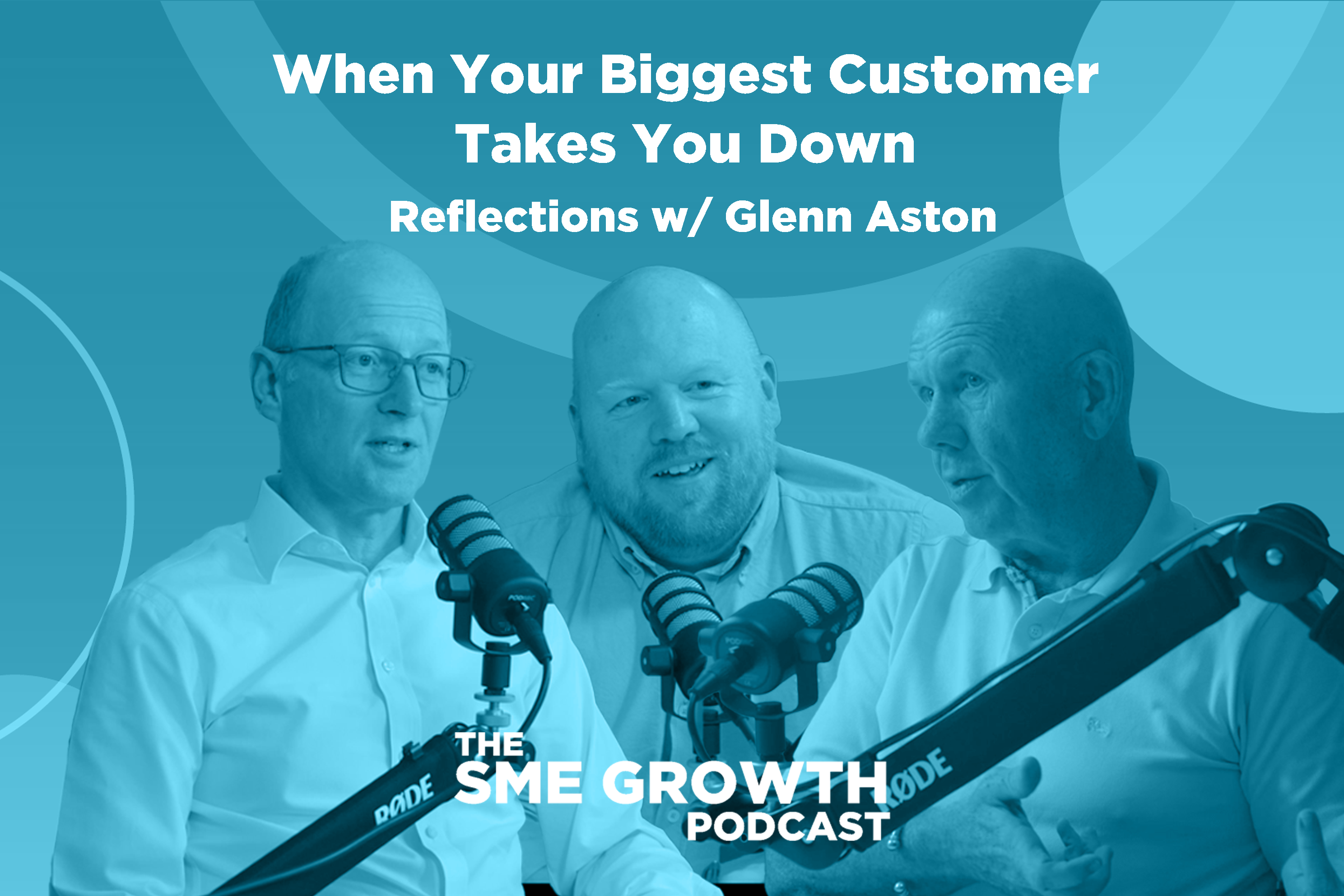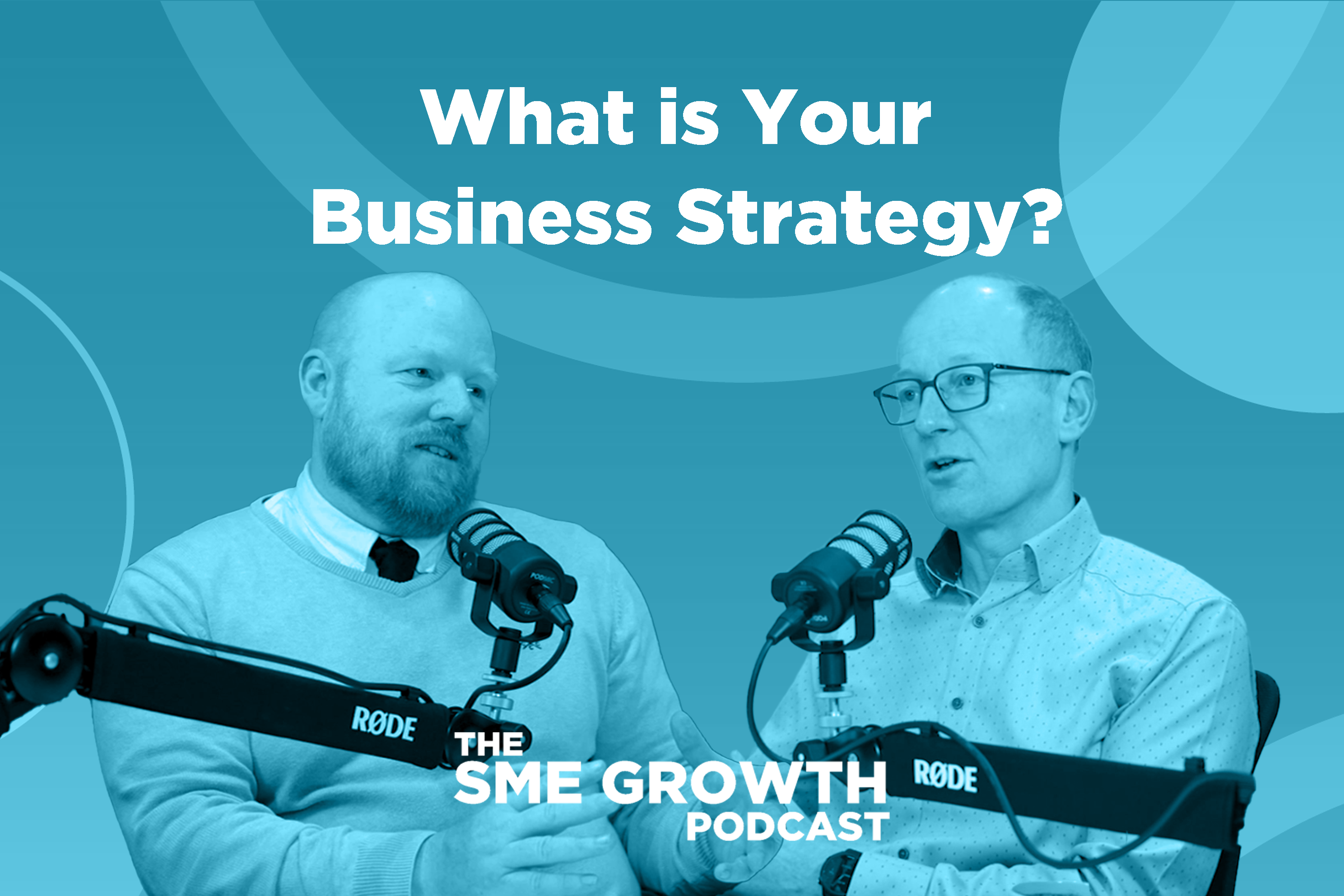Episode 31: When Your Biggest Customer Takes You Down: Reflections with Glenn Aston
Are you an entrepreneur or a small business owner dealing with the challenges of having one dominant customer? On this week's episode of The SME...
Wellmeadow supports ambitious companies with business growth enabled by HubSpot.
We've worked with over 100+ businesses at board-level across sectors such as automotive, manufacturing, healthcare, legal, SaaS, and professional services.

%20(A4).png?width=71&height=100&name=portrait%206-box%20model%20diagram%20(1170%20x%207051%20px)%20(A4).png)

-1.png?width=70&height=70&name=Square%20(1)-1.png)

Once you've thought through where you want to get to, designed an amazing plan, and done a whole load of marketing, what do you do now? You need to review the data to work out what is going on, what’s working, what isn’t, who's working, and who isn't.
This is where having data really comes into its own. The quality of your data is likely going to depend on how well you've designed your marketing experiments. This is where taking a bit of time to think about and plan out what you're trying to do pays dividends.
Before we became HubSpot partners, one of the things that attracted us to the software was it's ability to capture data at every point of interaction with a lead right up to them hopefully becoming a customer (and beyond).
HubSpot helps you understand which PPC or social post leads someone to the website. You can then track them through their customer journey, seeing which website pages or assets they interact with, track the deals, and eventually allocate revenue to marketing efforts.
You now have insights into which part of your marketing efforts are making an impact on the top line. Finally we can answer the questions surrounding the effectiveness of our marketing spend.
But we want to take it further. Using machine learning and AI, we are helping clients understand their sales pipeline at a much deeper level. Reviewing this data with the sales managers can help them drive the right types of behaviour to maximise the conversion of leads to customers.
Whatever data you collect, you're going to want to have some form of feedback mechanism. This will allow to take the learning from the data you collect and turn it into action-orientated decisions. When the data informs your thinking, you'll have a clearer business growth strategy, and greater focus on the stuff you need to do.
Here are a few pointers on what to consider when you're designing your growth metrics:
Don't just report on the standard metrics that come out of tools such as Google Analytics. Think through your business processes and really try to get under the skin of which actions really drive growth for your business.
With a SAAS company, working with the number of sign ups was important but it wasn't the key growth metric. Conversions from the free trial to the paid product was the key action that would leverage growth. In this example, it doesn't matter if you have a million sign ups a month if you're not converting them. Don't look at what other people are measuring, do what works for you but be brutally honest about what really influences growth.
As the world gets more complex, it is increasingly rare that one variable is the sole influencing factor in an interaction with your business. Often, there will be multiple actions and influences on a purchasing decision. When looking at your data, be aware of the difference between correlation and causation.
Correlation is the statistical indicator of the relationship between two (or more) variables. For example, as the temperature outside increases, the ice cream van sells more ice cream.
Causation is the term used to describe the influence of one variable on another (think cause-and-effect). To continue our example, it might be that the temperature increase causes the increase in ice cream sales.
However, it could also be due to the "50% off ice cream on Friday" offer, or the fact that the ice cream van was in a more populated area. The point is to be careful how you interpret your data so that you don't draw the wrong conclusions and end up with ice cream on your face!
Not everyone likes to look at numbers in a table. Think about how you can turn your growth data into a story using data visualisation. Not only can this help uncover new insights, but it can also really help you to communicate your growth journey to staff, investors, and other stakeholders. Tools like Databox, Tableau, or Power BI are great for data visualisation.

Don't be flattered by large numbers - they have to mean something. Having loads of likes on TikTok or Instagram could be a good thing, but it could also just be a load of hot air. Your metrics have to have substance. They need to represent genuine behaviours of your leads and customers.
If one million people like your post on TikTok but never come to your website, frankly who cares? They are not potential customers. There may be some intangible benefits but how are you measuring these?
The point is to not get carried away with large numbers just because it's a large number. Think about what it means in terms of converting leads.
Here are a few terms that are worth knowing:
Cost of Acquisition (CoA) - how much it costs to acquire a customer
Lifetime Value (LTV) - How much value the customer is worth over the course of their relationship with you. Essentially it's the average transaction value multiplied by the number of transactions.
Return on Investment (ROI) - what you get back from what you put in (see below).
Return on Ad Spend (ROAS) - Particularly useful if your using paid media or Google Ads.
So you want to know what your ROI is?
Here's a simple formula:
Return on Investment = Customer Lifetime Value/Cost of Acquisition
Remember that when you think about LTV - consider the gross profit rather than the sales.
Reviewing your growth with robust, accurate data is an important step in growing your business.
To find out more about how to grow your business with strategic planning, engaging content and data analysis, download our free Wellmeadow eBook How to Build a Business Growth Engine.

Are you an entrepreneur or a small business owner dealing with the challenges of having one dominant customer? On this week's episode of The SME...

Is your current CRM lacking some features? Are you looking to update your current provider to a more modern one? In this week's episode of The SME...

In this episode of The SME Growth Podcast, Dave Parry and Richard Buckle discuss the concept of a business strategy. Learn more about different...